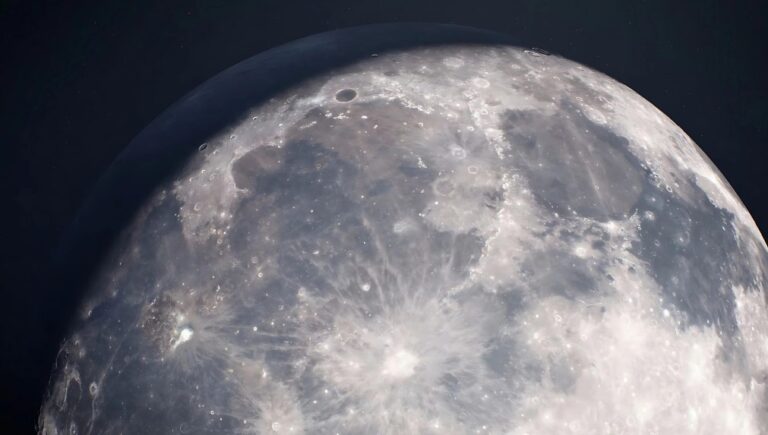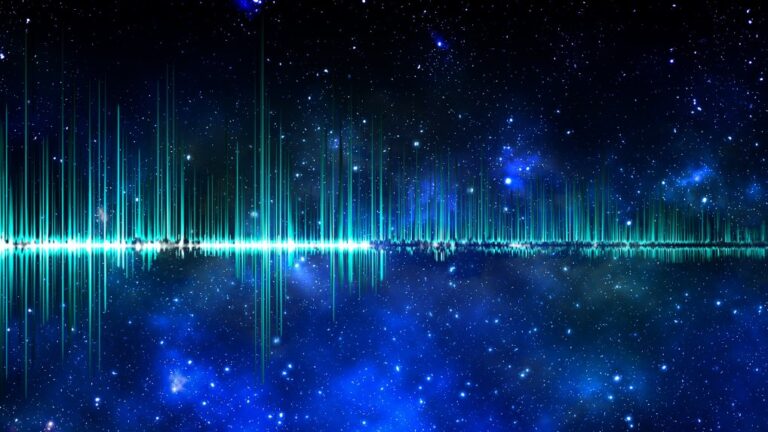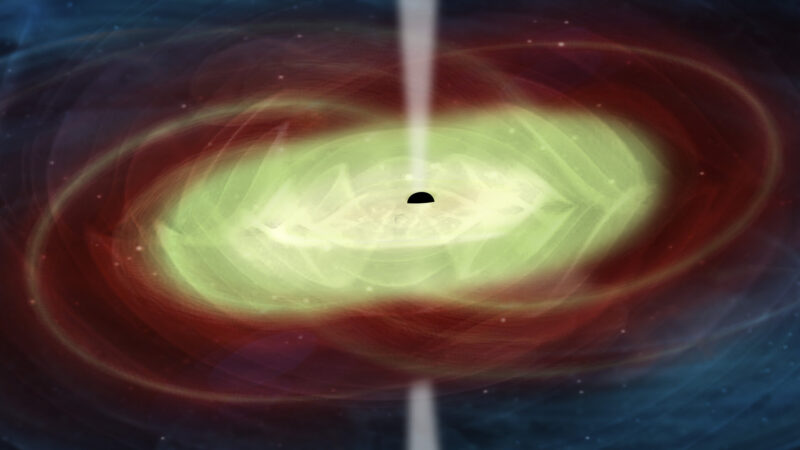Space exploration has always fascinated us, as it helps us uncover the mysteries of the universe. From the vastness of space to the peculiarities of black holes, there are many intriguing questions to explore.
In this article, we will discuss these captivating topics and provide insights and answers.
What Causes the Expansion of the Universe?
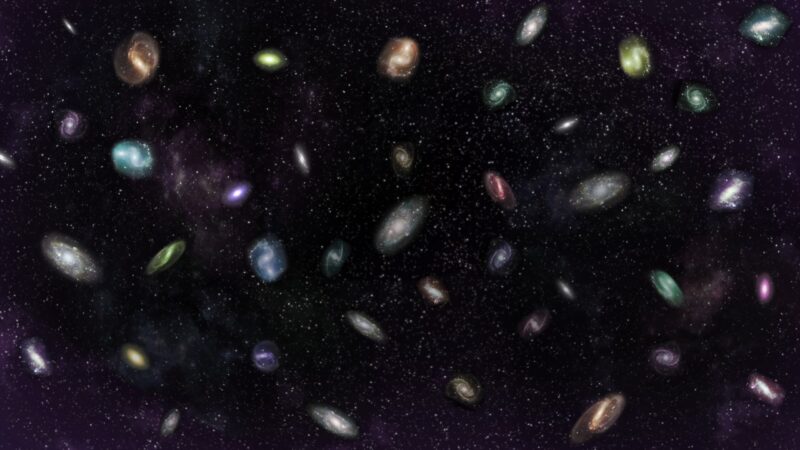
The universe had its beginnings with the Big Bang, a powerful event that set in motion its rapid expansion. Since then, the universe has continued to grow. Scientists observe and measure this expansion through a phenomenon called redshift. As galaxies move away from us, the light they emit shifts to longer, redder wavelengths. The rate at which the universe expands is calculated using the Hubble Constant.
Recent studies propose the existence of dark energy, a mysterious force that acts in opposition to gravity, as a possible driver of this expansion. Unlike ordinary matter, dark energy has a repulsive effect, causing galaxies to move away from each other at an accelerating rate. As the universe expands, the very fabric of space stretches along with it.
How Does the Vacuum of Space Interact with Matter?
While space is not a complete vacuum, it contains extremely low densities of particles, with hydrogen and helium being the most abundant. Cosmic rays and electromagnetic radiation are also present. In this sparse environment, the vacuum of space primarily interacts with matter through gravitational forces.
The vacuum’s influence plays a vital role in the formation and evolution of black holes, stars, and galaxies. Within space, particles can come together to form clouds, which, under the pull of gravity, can collapse and give rise to the formation of stars and galaxies.
Furthermore, the vacuum affects the propagation of electromagnetic waves, including light. This enables the transmission of light from distant stars and galaxies over vast distances, allowing us to observe and study celestial objects that are millions or even billions of light-years away.
What Happens to Objects Near a Black Hole?
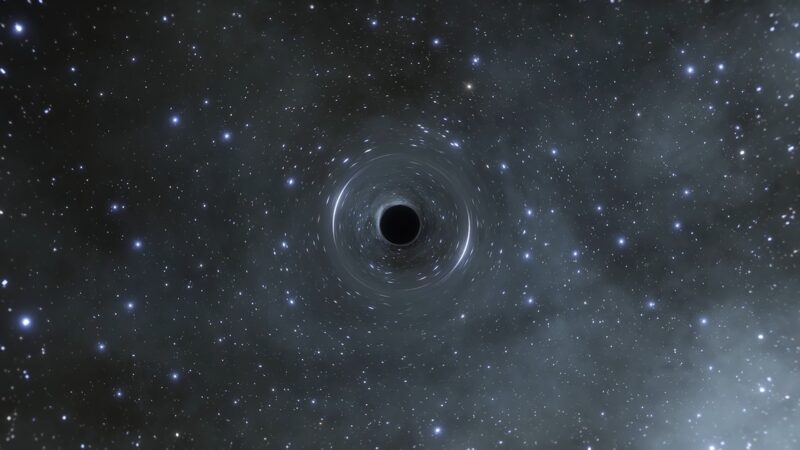
Objects in close proximity to a black hole experience incredibly strong gravitational forces. Once an object crosses the event horizon, the boundary surrounding a black hole, it is inevitably drawn towards the singularity at the core of the black hole.
This process is referred to as spaghettification, where objects undergo severe stretching and tearing due to the differential gravitational forces acting upon them.
The effects of gravity near a black hole cause time to appear to slow down when observed from an external perspective. This phenomenon occurs because gravity bends the fabric of space-time. However, once inside the event horizon, the known laws of physics begin to break down, making it extremely challenging to predict the precise outcomes and behaviors of matter.
Can We See Black Holes if They Trap Light?
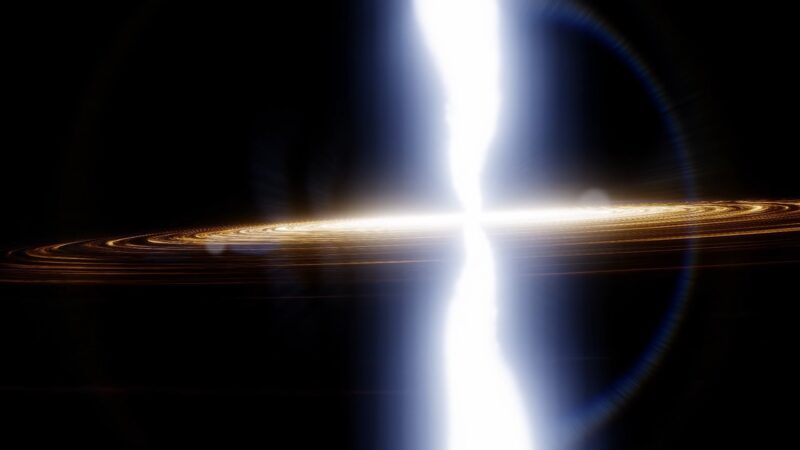
Black holes, by their nature, are invisible as they have the ability to trap light. However, scientists can indirectly observe and study black holes through the effects they have on surrounding stars and gas.
When matter, such as gas, is pulled into a black hole, it becomes heated and emits X-rays. Telescopes equipped with X-ray detectors can detect these emissions, allowing scientists to identify the presence of a black hole.
Furthermore, the gravitational influence of black holes can significantly impact the orbits of nearby stars. By observing the changes in the orbits of these stars, scientists can infer the presence and properties of the black hole.
In a groundbreaking achievement, the Event Horizon Telescope recently captured an image that revealed the silhouette of a black hole against the glowing gas near its boundary. This remarkable visual evidence provides further confirmation of the existence of black holes and enhances our understanding of these fascinating cosmic objects.
How Do Black Holes Form?
Black holes commonly form from the remnants of massive stars that go through a supernova explosion. When a star exhausts its nuclear fuel, it can collapse under the influence of its own gravity. This collapse leads to the formation of a singularity, a point where density and gravity become infinitely strong.
The mass of a black hole determines its classification. Stellar black holes originate from individual stars that have collapsed. Intermediate black holes fall between the mass range of stellar and supermassive black holes.
Supermassive black holes, found at the centers of most galaxies, including our own Milky Way, likely grow by accumulating mass from their surroundings and merging with other black holes.
Do Black Holes Affect the Expansion of the Universe?
While black holes have a notable impact on their immediate vicinity, they have a minimal direct effect on the overall expansion of the universe. The expansion of the universe is primarily driven by the presence of dark energy, rather than the gravitational pull exerted by black holes.
Although black holes themselves do not directly contribute to the expansion of the universe, they serve as important objects of study that deepen our understanding of gravity and its influence on cosmic phenomena.
What is Inside a Black Hole?
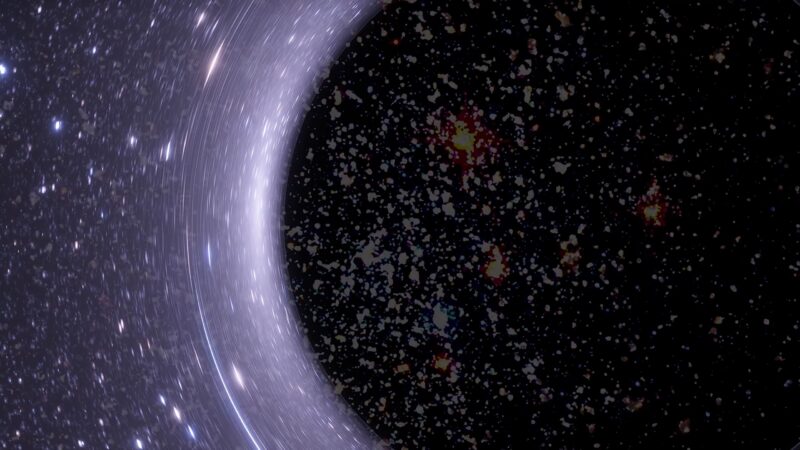
The inner workings of a black hole continue to be one of the most intriguing mysteries in physics. According to current theories, the region inside the event horizon is believed to contain a singularity, a point where traditional laws of physics may break down. In the framework of general relativity, the singularity is described as a point of infinite mass and infinite gravity, packed into an infinitesimally small space.
However, this understanding poses a challenge as it conflicts with the principles of quantum mechanics. The clash between general relativity and quantum mechanics has led to ongoing research and lively debates in the scientific community.
Scientists are actively seeking a new theory that can reconcile these two fundamental frameworks, providing a more comprehensive understanding of black holes and their internal structure.
Is There a Connection Between Black Holes and Dark Energy?
Black holes and dark energy are both significant elements within our universe, but they operate in distinct manners and have diverse influences. Black holes exert their influence on local space-time through their intense gravitational fields, affecting nearby objects and distorting the fabric of space-time. On the other hand, dark energy acts uniformly across the entire expanse of space, driving the accelerated expansion of the universe.
At present, there is no direct connection established between black holes and dark energy in existing theories.
How Do We Measure the Speed of Black Hole Spins?
Scientists determine the spin of black holes by studying the accretion disks that surround them. Accretion disks are composed of matter, such as gas and dust, that orbits around the black hole under the influence of its strong gravitational field. By observing the X-ray emissions from these accretion disks, specifically analyzing the profiles of the iron spectral lines, astronomers can estimate the spin rates of black holes.
The X-ray emissions from the accretion disk carry important information about the motion and characteristics of the material within it. The iron spectral lines, in particular, exhibit distinct features that can be used to infer the rotational properties of the black hole.
The shape and intensity of these spectral lines are influenced by the black hole’s spin, allowing astronomers to make measurements and calculations.
The spin of a black hole has significant implications for its interactions with its surroundings. It affects various aspects such as the growth of the black hole itself and the dynamics of the surrounding galaxy.
Can Black Holes Influence Nearby Galaxies?
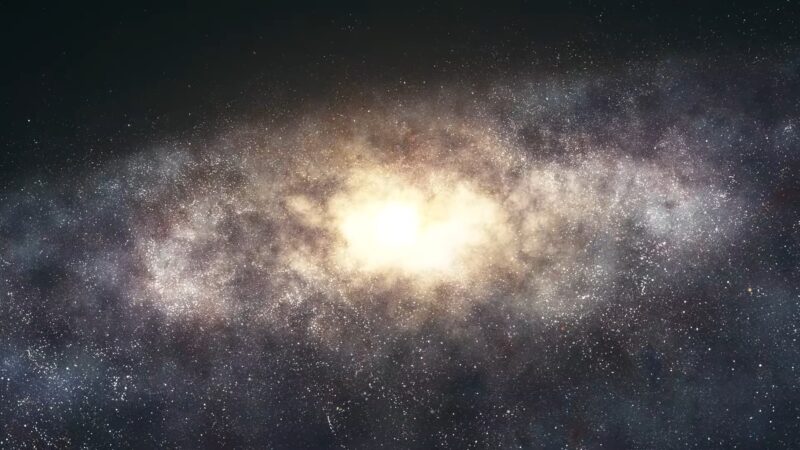
Black holes, particularly supermassive ones found at the centers of galaxies, indeed exert a significant influence on their neighboring galaxies. The presence of a supermassive black hole can regulate various processes within the galaxy, including the rate of star formation.
When a black hole accretes matter from its surroundings, it can generate powerful jets and emit intense radiation. These energetic processes can heat the surrounding interstellar medium, which is the gas and dust present in the galaxy.
The heating of the interstellar medium can prevent the collapse of gas clouds into new stars, thereby regulating the formation of stars within the galaxy.
Last Words
In conclusion, the exploration of the universe’s expansion, the nature of the vacuum in space, and the enigma of black holes are areas of ongoing scientific inquiry that continue to challenge and expand our understanding. As researchers make advancements and refine their theories, we can expect to gain deeper insights into these fascinating subjects.


